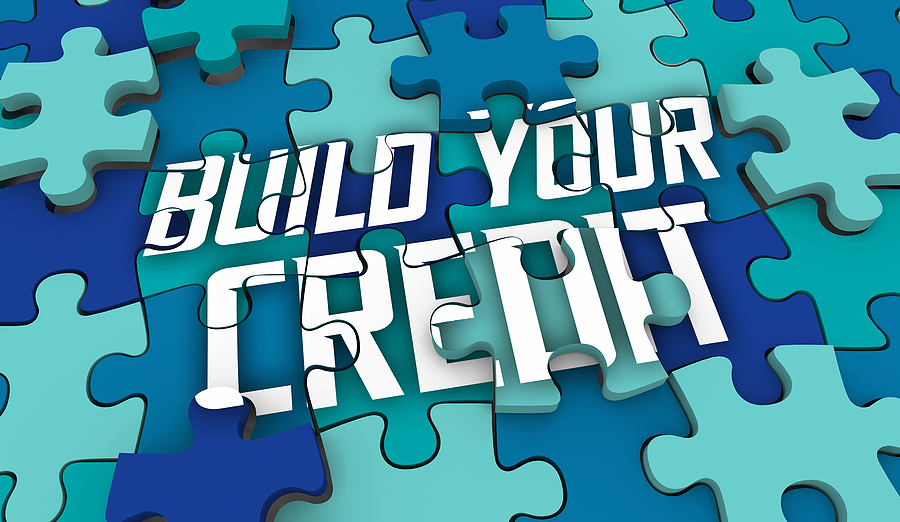Once a consumer has filed for bankruptcy, he or she will almost certainly notice a drop in their credit score. This drop is to be expected, and while it does temporarily affect a person’s credit, it is by no means permanent. In fact, with good financial habits a consumer can rebuild his or her credit to better than it was before filing for bankruptcy.
Following the closure of the bankruptcy case, certain steps can be taken to bring that credit score back to where it once was or even higher.
One of the first recommendations from bankruptcy attorneys for clients who have just completed bankruptcy is to pull their credit report. This report will give the filer an idea of where he or she stands, and it will also allow that person to review the report for any errors. Make sure all debts that should have been discharged in the bankruptcy case are off the report, and also make sure that accounts or debts that do not belong to the consumer are not on the report. Any errors or discrepancies should be immediately reported so that they can be fixed as soon as possible.
After this initial report, it is recommended that the consumer regularly check his or her credit history to monitor progress. Every year consumers are entitled to one free credit report from one of the three major credit bureaus, which makes this process a bit easier.
Additionally, if the consumer is interested in improving his or her credit history, making bill payments on time is important. Payment history makes up a significant portion of a credit score. On-time payments, as well as responsible credit card usage, following a bankruptcy case, can go a long way in helping the consumer rebuild credit after filing for bankruptcy. In fact, many lenders and credit score providers give more emphasis on events that happened within the preceding 24 months, which means that a positive payment history will go a long way in helping that person be approved for financing or lending in the future.
It may seem counterintuitive, but following the bankruptcy case, apply for a secured credit card. A secured credit card is backed by the deposit you make, and the credit limit is typically the amount you have on deposit. the These cards are secured in that they are attached to an asset of the consumer as collateral and have lower spending limits.
Creating a budget is another effective tool to help the consumer become stable financially. A budget will ensure that the consumer’s necessary expenses are met, and that the consumer does not overspend on expenses that are not considered necessities. A budget will also allow the consumer to begin putting money away in a savings or emergency fund. An emergency fund is important in the event the consumer runs into any financial difficulties in the future. By putting a little away over the long term, the consumer is setting himself or herself up for success.
Please click here to read more.
If you have questions on this topic or are in financial crisis and considering filing for bankruptcy, contact an experienced Miami bankruptcy attorney who can advise you of all of your options. As an experienced CPA as well as a proven bankruptcy lawyer, Timothy Kingcade knows how to help clients take full advantage of the bankruptcy laws to protect their assets and get successful results. Since 1996 Kingcade Garcia McMaken has been helping people from all walks of life build a better tomorrow. Our attorneys help thousands of people every year take advantage of their rights under bankruptcy protection to restart, rebuild and recover. The day you hire our firm, we will contact your creditors to stop the harassment. You can also find useful consumer information on the Kingcade Garcia McMaken website at www.miamibankruptcy.com.



